Space nukes. You did what?
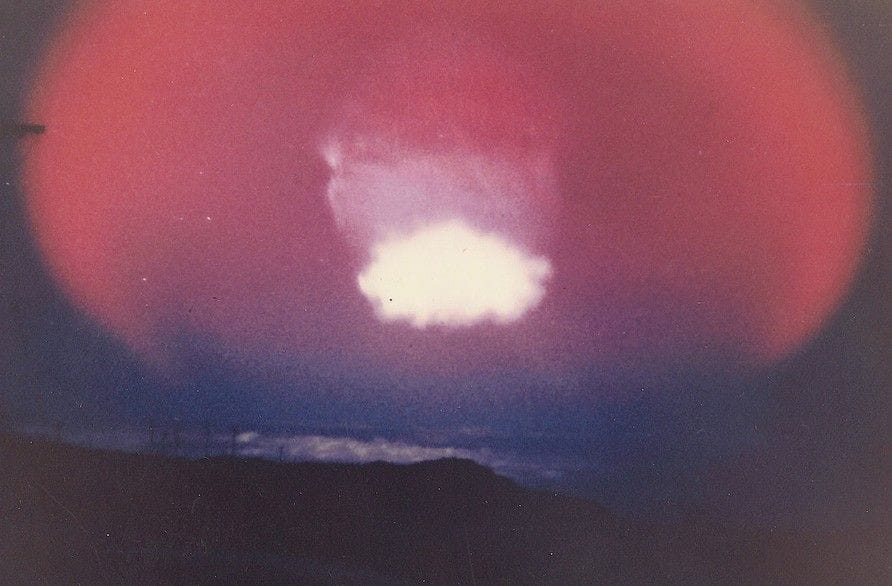
On Friday the 14th of February, Rep. Michael Turner - chairman of the house intelligence committee - published a statement on X (formerly Twitter), requesting the Biden white house to release all information regarding a "serious national security threat".
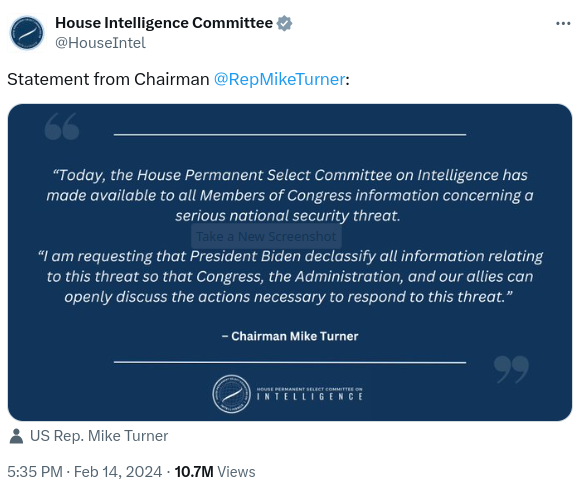
Reporters immediately dug into the case and "according to current and former officials briefed on the matter" the Russians are developing a "space-based nuclear weapon designed to threaten America’s extensive satellite network". After a little bit of digging it seems the report comes directly "from America’s spy agencies". The report also appears against the backdrop of a debate in the U.S. congress about a law regarding the interception of communications of foreign nationals. The story surely does not damage Mike Turner's chances of passing this law.
So let's think about this rationally. Would Russia want to place a nuclear weapon in orbit, in order to disrupt, damage or destroy the U.S. satellite communication systems? At first glance it would appear logical right? Why would Russia not benefit from an electronics destroying Electro-Magnetic Pulse (EMP) capability in orbit?
According to Maj. Andrew Boyd of the Institute of Land Warfare, the the U.S. army recognizes the over-reliance on SATCOM and is working to mitigate this "Achilles' heel".
The United States’ acute reliance on communication satellites in war could mean significant replacement costs in time and money. This liability during a resource-constrained war could paralyze U.S. communication abilities and so facilitate the swift defeat of U.S. forces.
It should therefore surprise nobody that Russia, China and the U.S. all possess some form of Anti-Satellite (ASAT) capability. These three powers are known to have conducted successful tests of direct ascent strike weapons. According to the Secure World Foundation China is in the lead, having performed tests on missiles reaching to Mid-Earth Orbit (MEO) or even Geostationary Orbit (GEO). The problem with these weapons is that due to the incredible speeds with which satellites orbit the planet, a missile strike would create a debris cloud which could impact other satellites causing a phenomenon known as Kessler syndrome. This is understood by all parties, which makes this technology work as a deterrent rather than an operational capability.
The major space powers also possess co-orbital ASAT capabilities. This means that they are able to place a vehicle in orbit, close to a targeted satellite, which could disrupt, damage or destroy the satellite using either kinetic or non-kinetic means.
Another major category of counterspace capabilities is non-kinetic in nature. This category includes electronic warfare systems which use microwaves to jam the satellite's remote sensing capabilities.
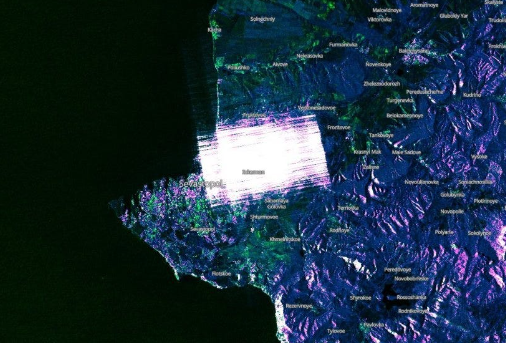
As showcased during the Viasat incident in 2022, cyber warfare is another capability which states use to degrade hostile satellite infrastructure. Ground stations are particularly vulnerable to cyber attacks. If an attacker manages to take over the control center, the consequences could potentially be disastrous.
Both Russia and the U.S. possess thousands of satellites which are vital to every aspect of life. They provide navigation, communication, weather information, intelligence gathering and a whole host of other capabilities used in both the military and civilian sector. According to LeoLabs the number of satellites will grow in an "order of magnitude" over the coming years. About 90 percent of these satellites orbit closely together in crowded areas.
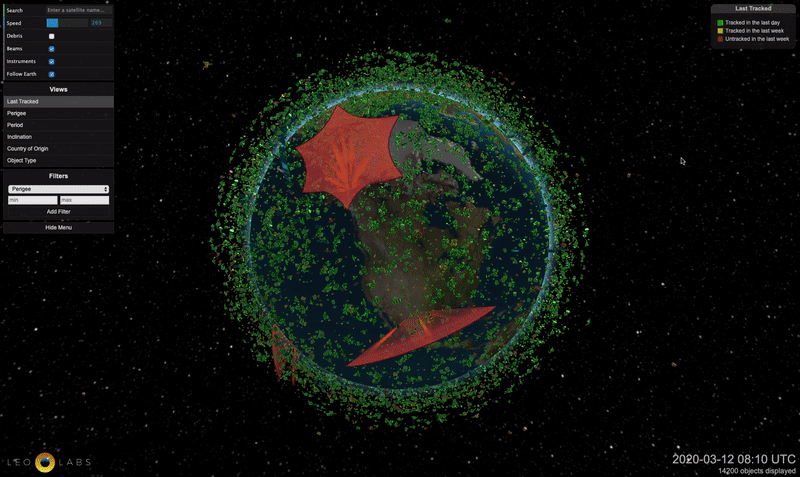
A nuclear explosion used as a type of ASAT weapon would not only destroy the satellites of the targeted nation, it would also destroy the satellites of everyone else. The disaster however, would not end there. Charged particles would spread through the earth's magnetic field, wreaking all kinds of havoc to an unknown number of satellites around the world. The debris fields created by such an event has the potential to make space travel impossible for generations to come. The international outcry would be enormous, isolating Russia from China - it's main ally - all of it's BRICS+ partners and other relations it has so carefully built with the global south. It is therefore highly unlikely that Russia would deploy such a weapon, also considering the wide availability of all kinds of ASAT capabilities, with much less disastrous consequences.
In the end critical thinking prevailed. It turns out that no, Russia was not planning to put nuclear weapons in space. Reporters updated the nuclear fear mongering story, stating that:
Analysts tracking Russia's space programs say the space threat is probably not a nuclear warhead but rather a high-powered device requiring nuclear energy to carry out an array of attacks against satellites. These might include signal-jammers, weapons that can blind image sensors, or - a more dire possibility - electromagnetic pulses (EMPs) that could fry all satellites' electronics within a certain orbital region.
In the end Mike Turner's stunt did not get him the desired result. Instead the Congress has postponed the decision and "will consider the reform and reauthorization bill at a later date". I guess the more things change, the more they stay the same.


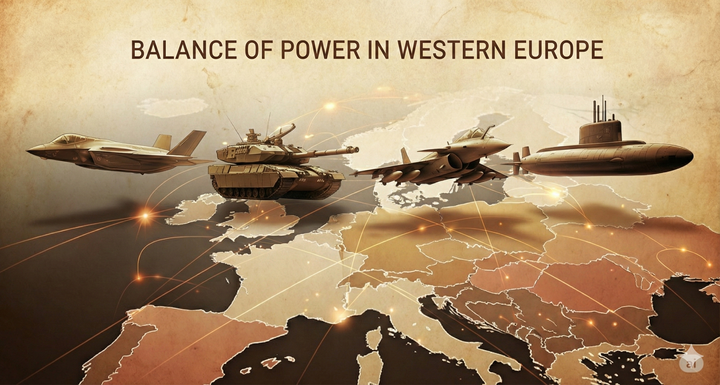


Comments ()